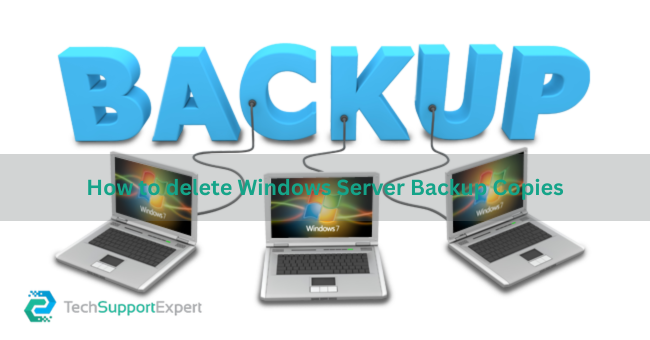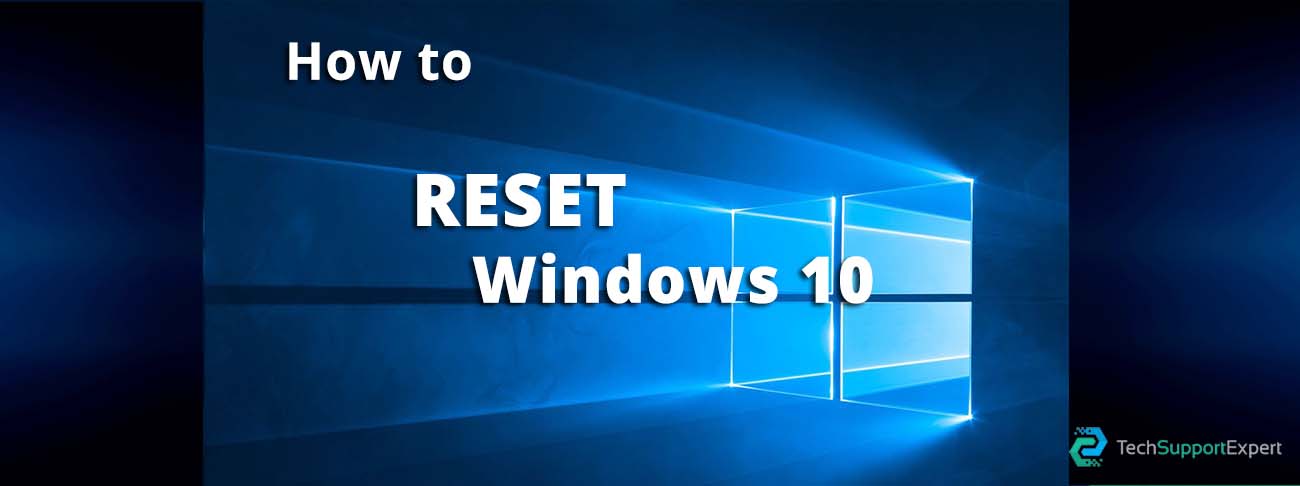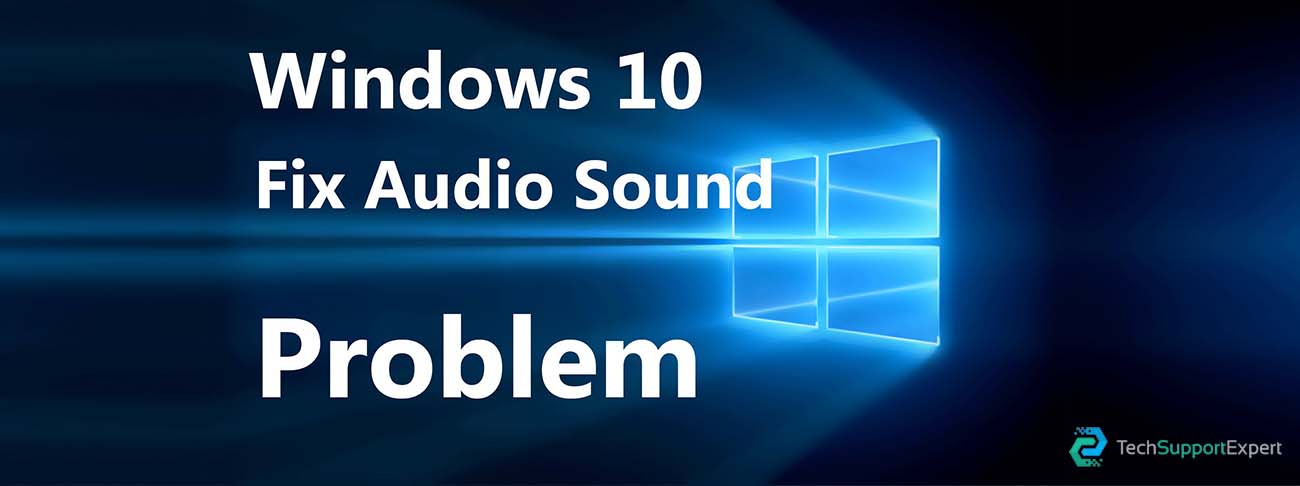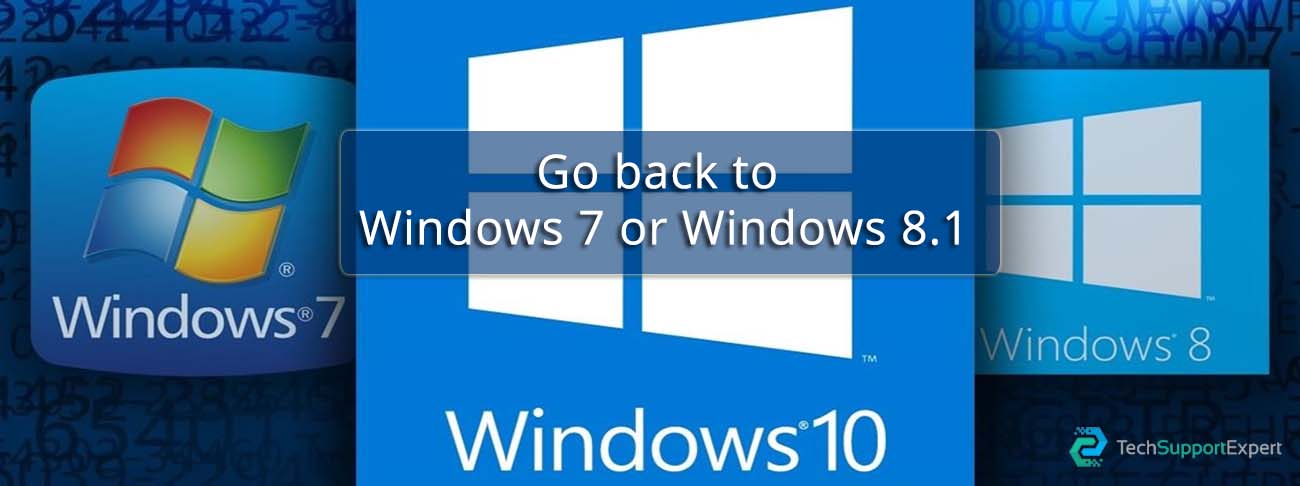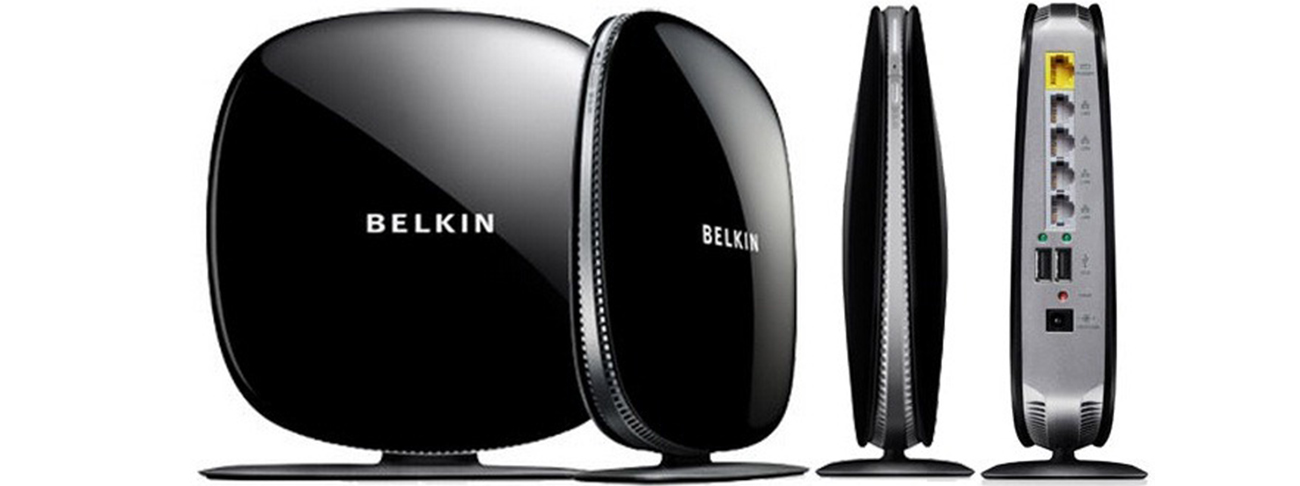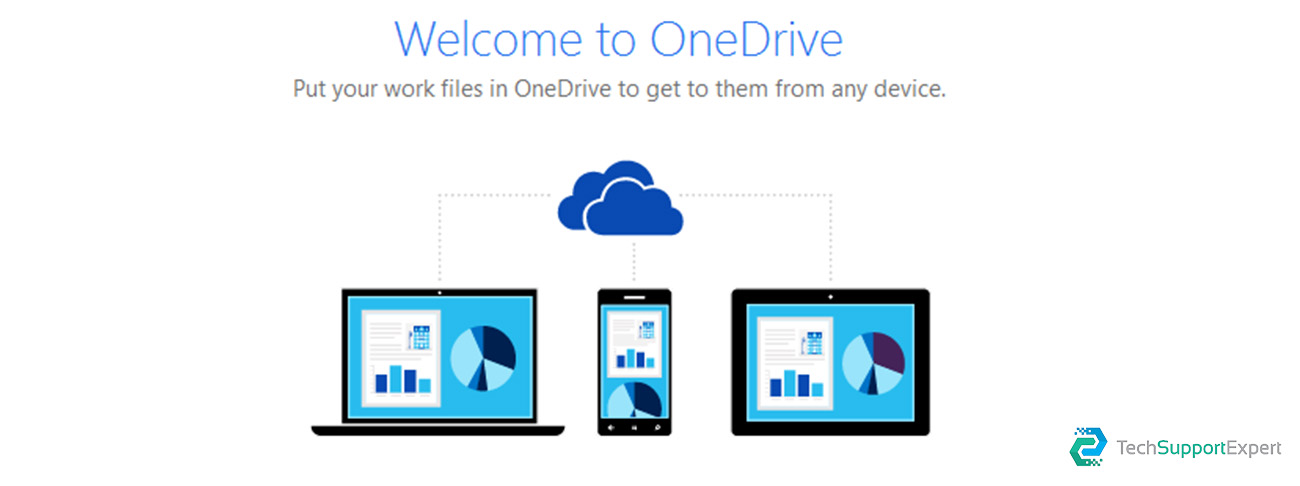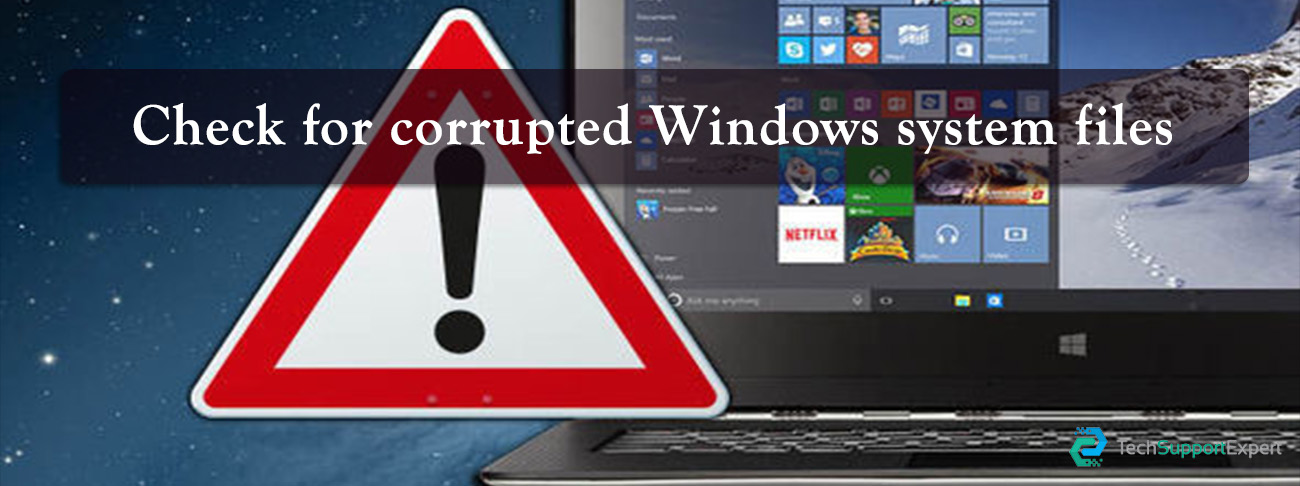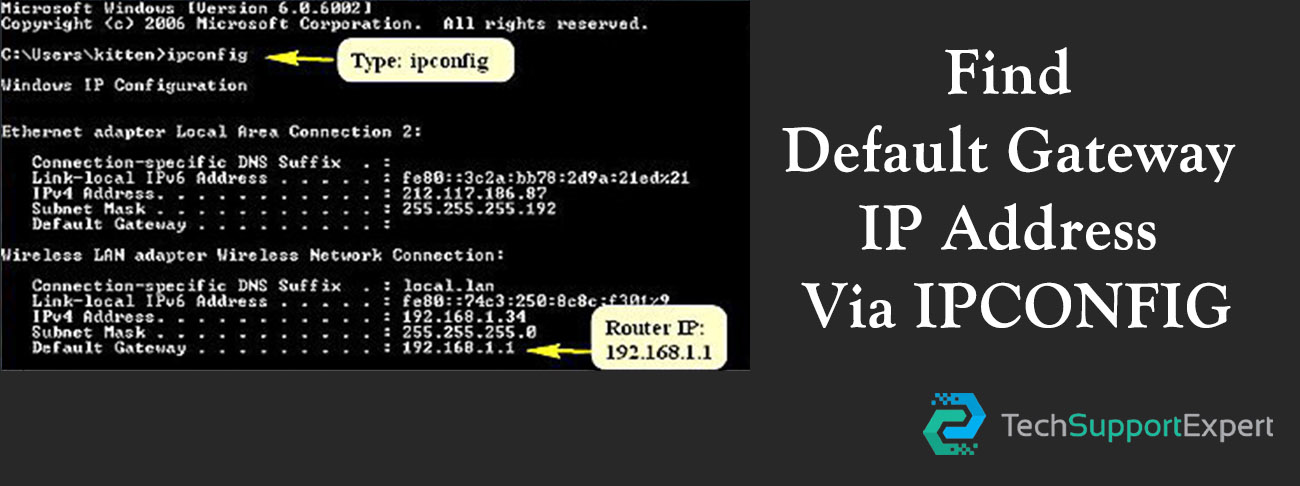Determining the cause of your Windows 11 computer’s inability to start might be quite annoying. Resolving difficulties with drivers or apps that are causing problems requires persistence, patience, and some trial and error. Fortunately, there are a few useful hints and techniques we can apply to simplify the process of fixing a PC that would not start.
When troubleshooting a Windows 11 PC, you can use some of the built-in tools to look for problems with drivers and applications that may be causing problems with the system’s launch. The secret is to start again from scratch, opening only the most necessary apps, and then adding them back one at a time until you figure out which one is the source of the issue. In this manner, you can test and debug your PC methodically.
How to cleanly boot your Windows 11 computer
We just need to type “msconfig” into the desktop search box and choose the System Configuration application to get our Windows 11 computer into clean boot mode. Click the Services tab to see a screen like the one in Figure A.
There are dozens of services currently running on our example PC.
Select the “Hide all Microsoft services” checkbox located at the bottom of the screen, as illustrated in Figure B, to limit the display to only third-party services.
There are still dozens of services. For our clean boot, we will click the Disable All button.
Now, select the “Open Task Manager” link after selecting the Startup tab in the System Configuration program, as shown in Figure C.
Let’s stop all of the currently running services and apps on the Task Manager’s Startup tab.
To make things easier, click the Status column heading to sort the apps, as shown in Figure D.
After shutting down all of the programs and services, exit Task Manager and select OK to exit the System Configuration app. Restart your Windows 11 computer in the clean, minimum boot environment now.
The troubleshooting process now starts. Congratulations if your PC boots up without any problems! You’ve made the issue more manageable. Reopen the System Configuration app and begin allowing each of the services and apps you previously disabled, one at a time, until you find the one that is causing the issue.
You can do this one service at a time if you only have a few. Divide them into halves, thirds, or fourths if there are a lot. For example, turn on the first third and then restart; if nothing goes wrong, turn on the following third. One by one, you can begin eliminating the apps and services that belong to the group that eventually contains the problematic program. You’ll identify what’s frustrating you if you are persistent and patient.
It may seem like a slow procedure, but this is the most dependable method of troubleshooting personal computers. Nevertheless, by using one of the primary troubleshooting guidelines—the last in, first out rule—you can further expedite the procedure. The first place to look for a solution is if an issue arises after installing new hardware or software.



